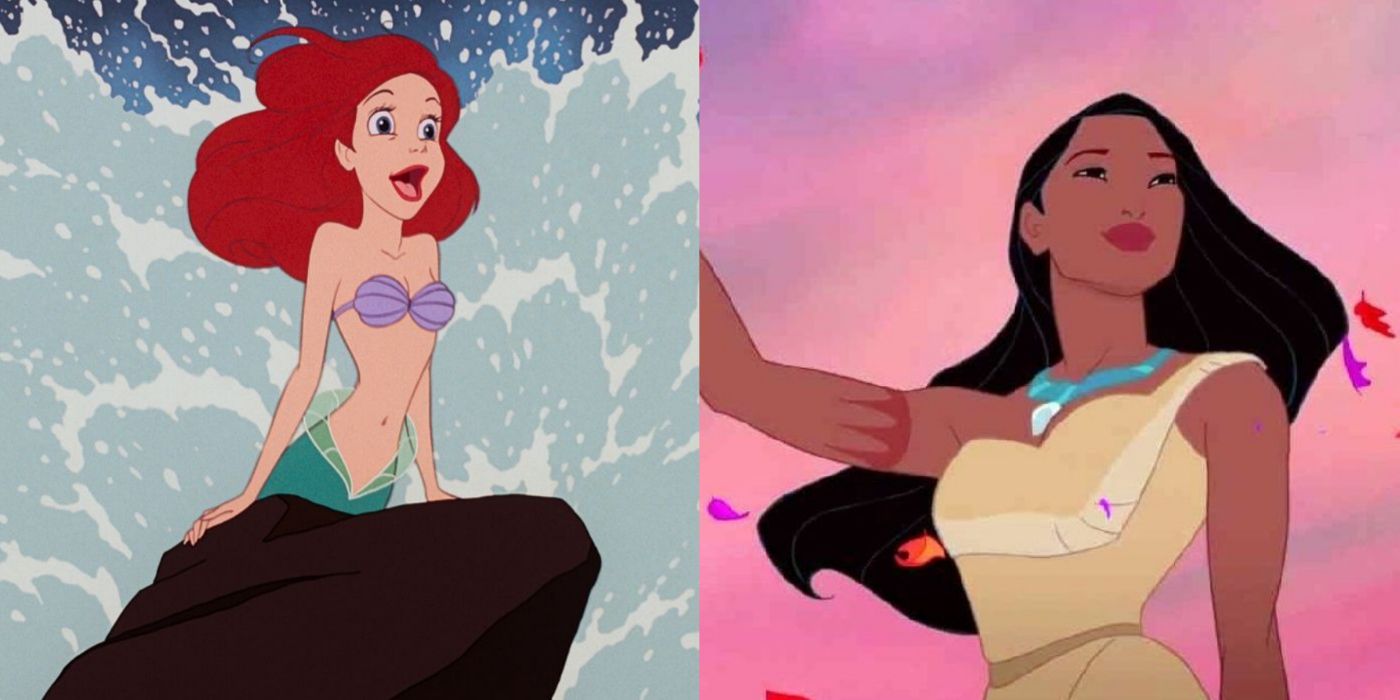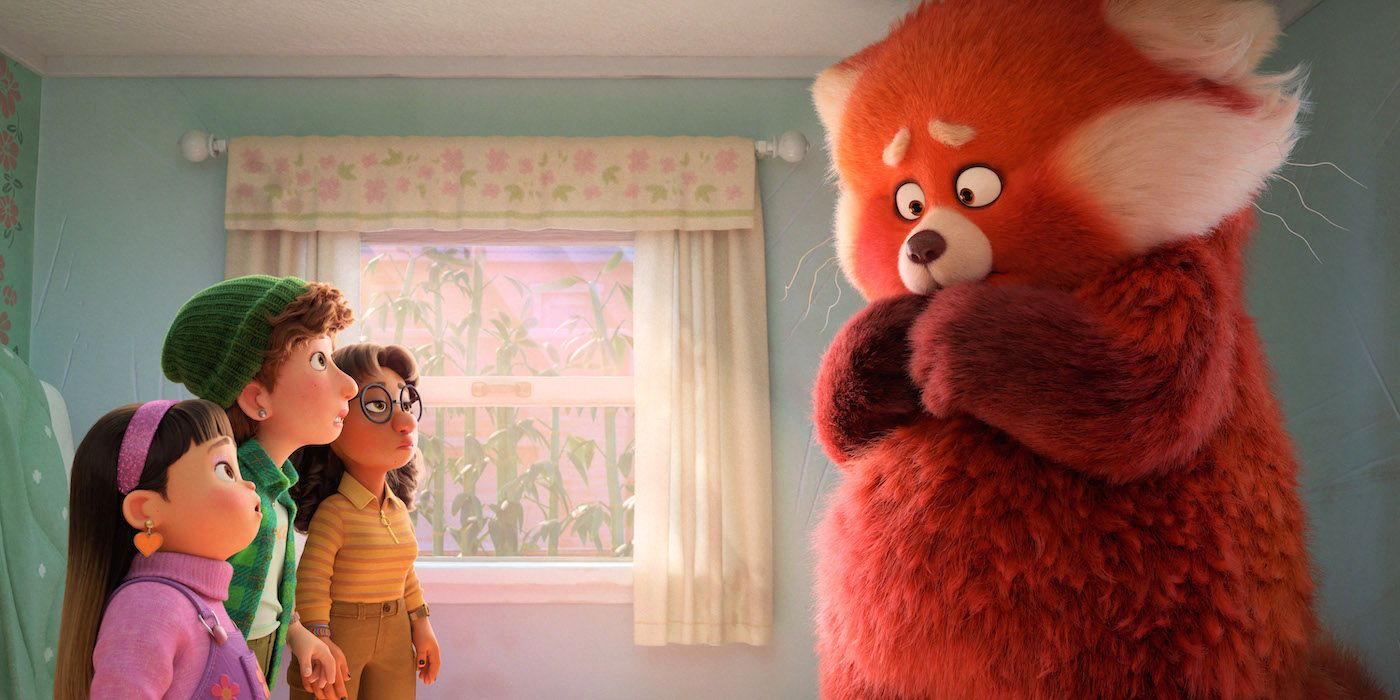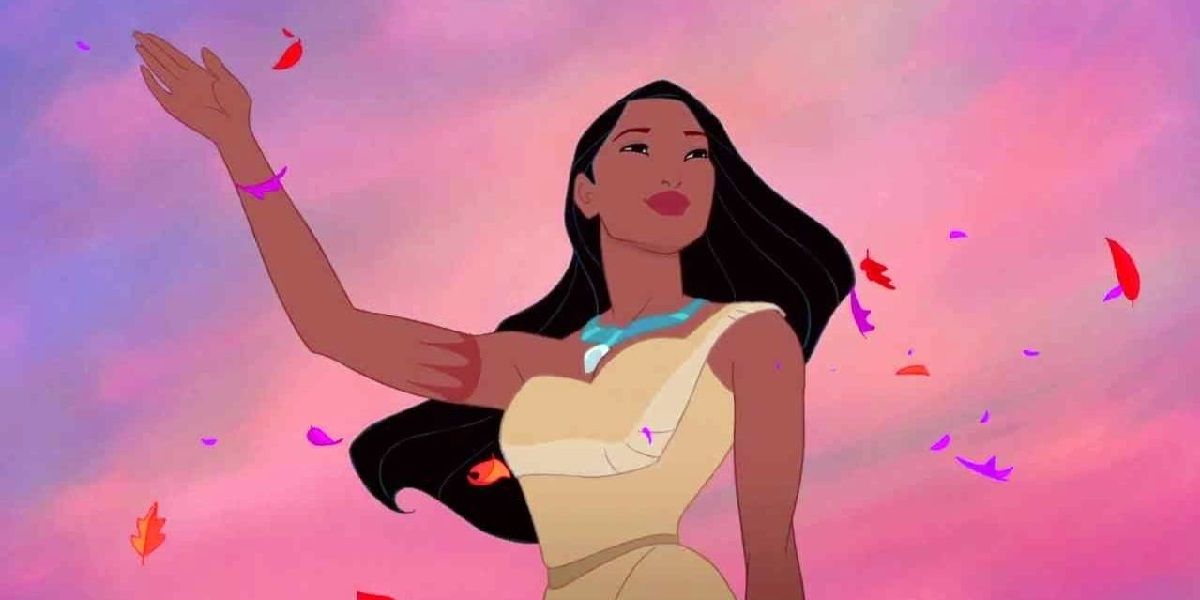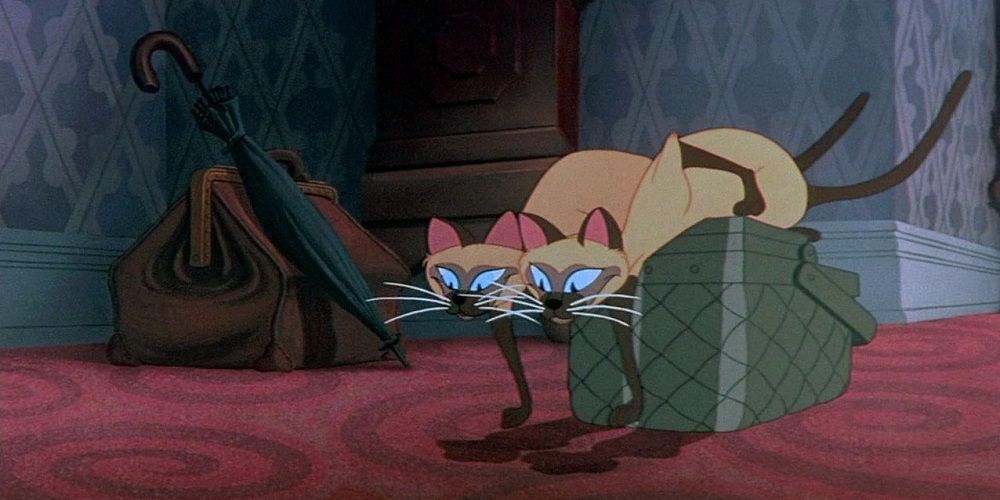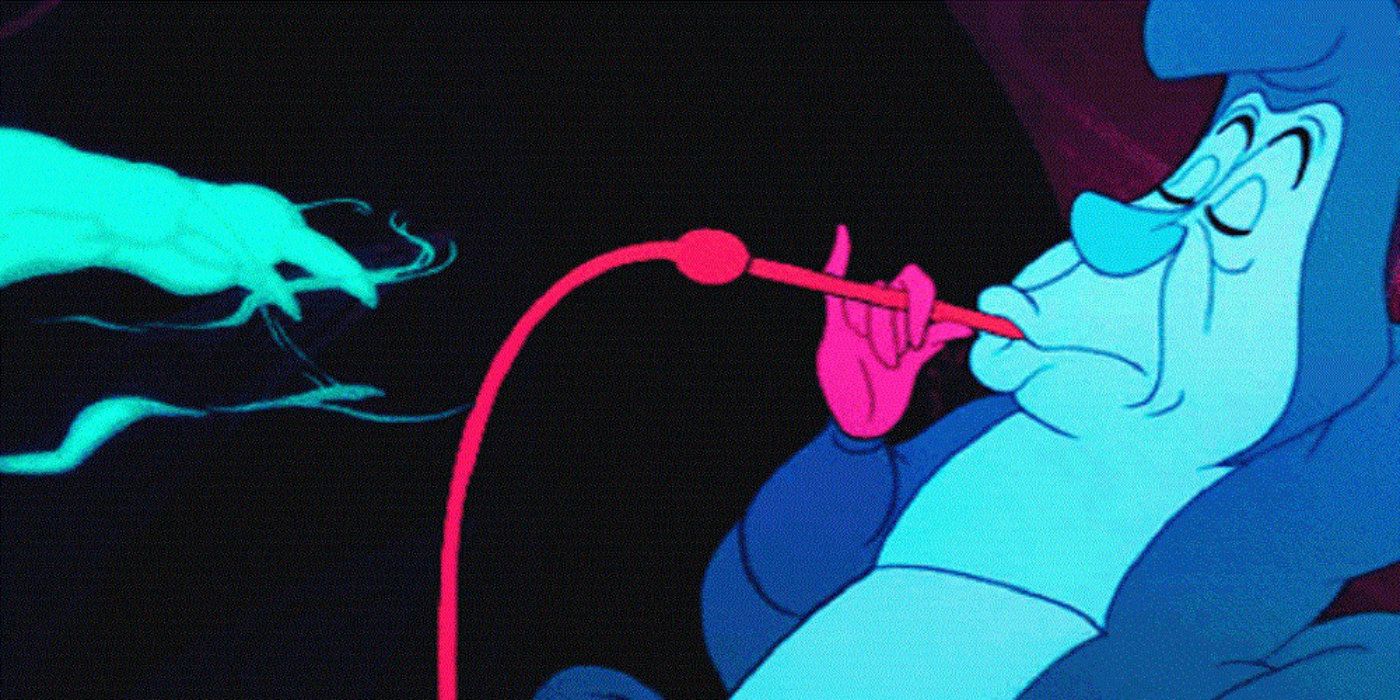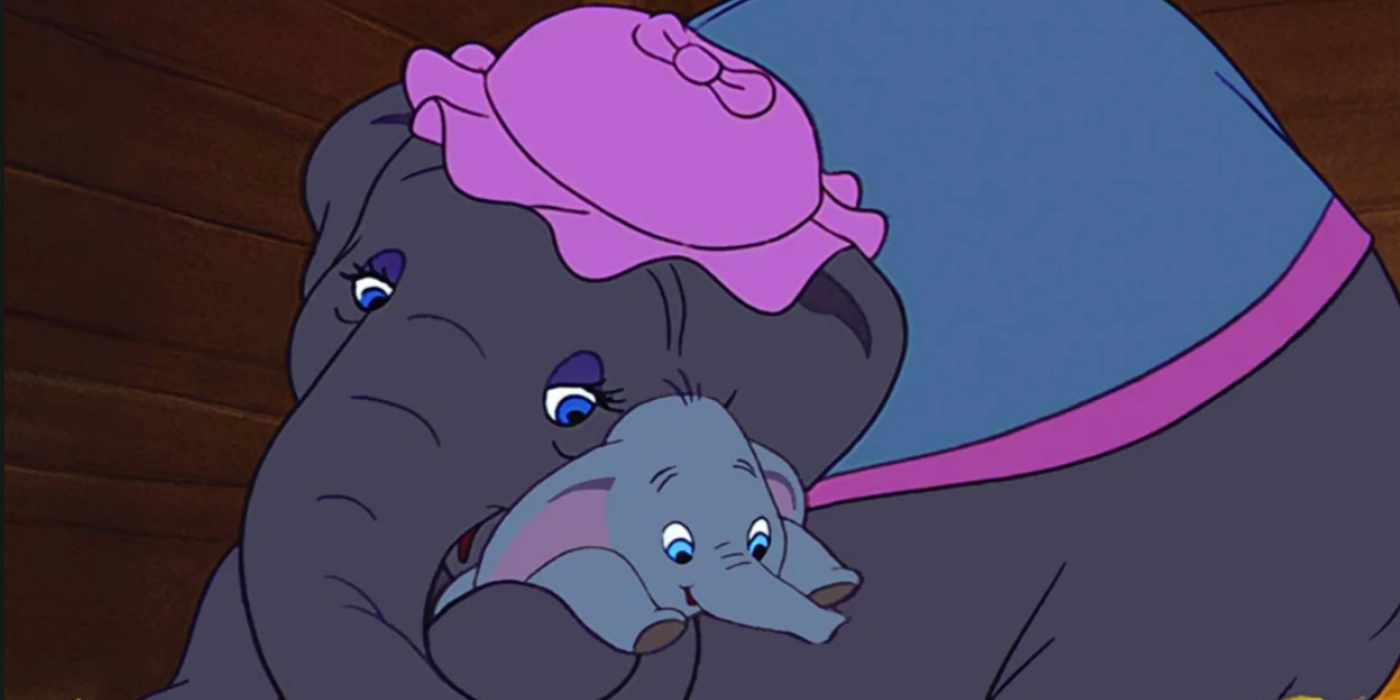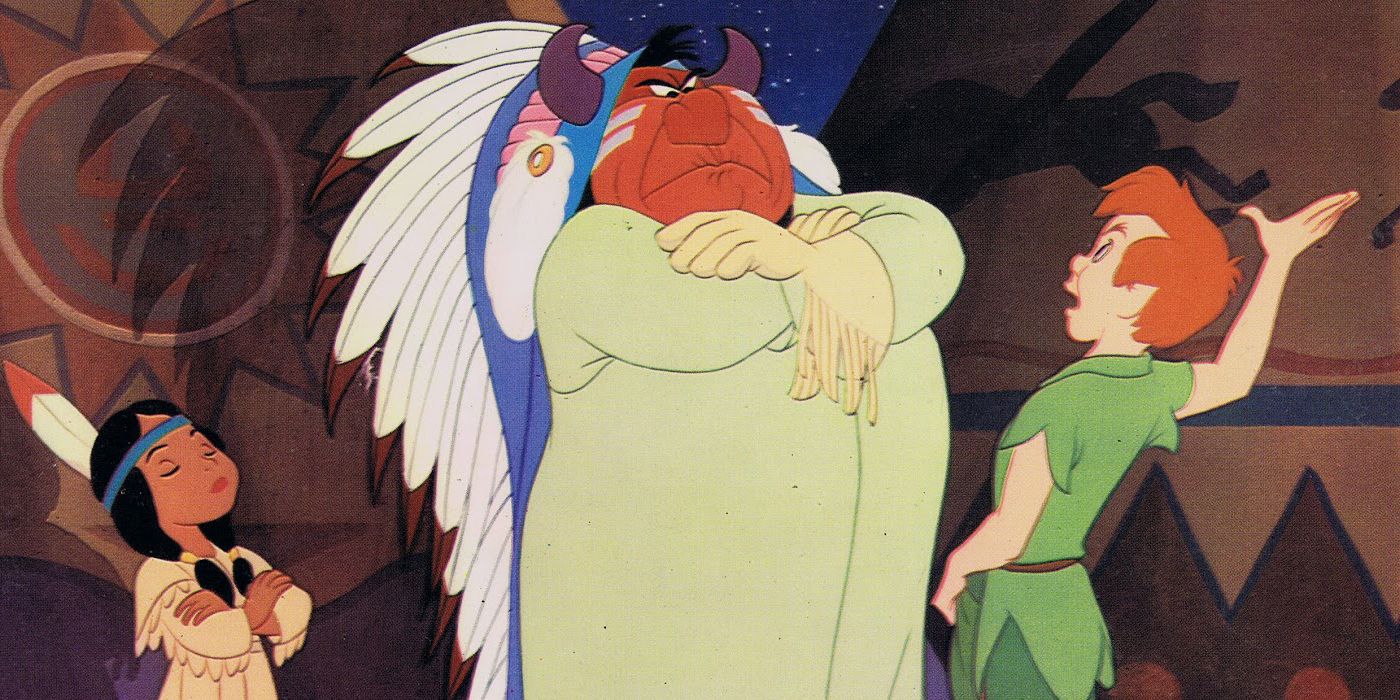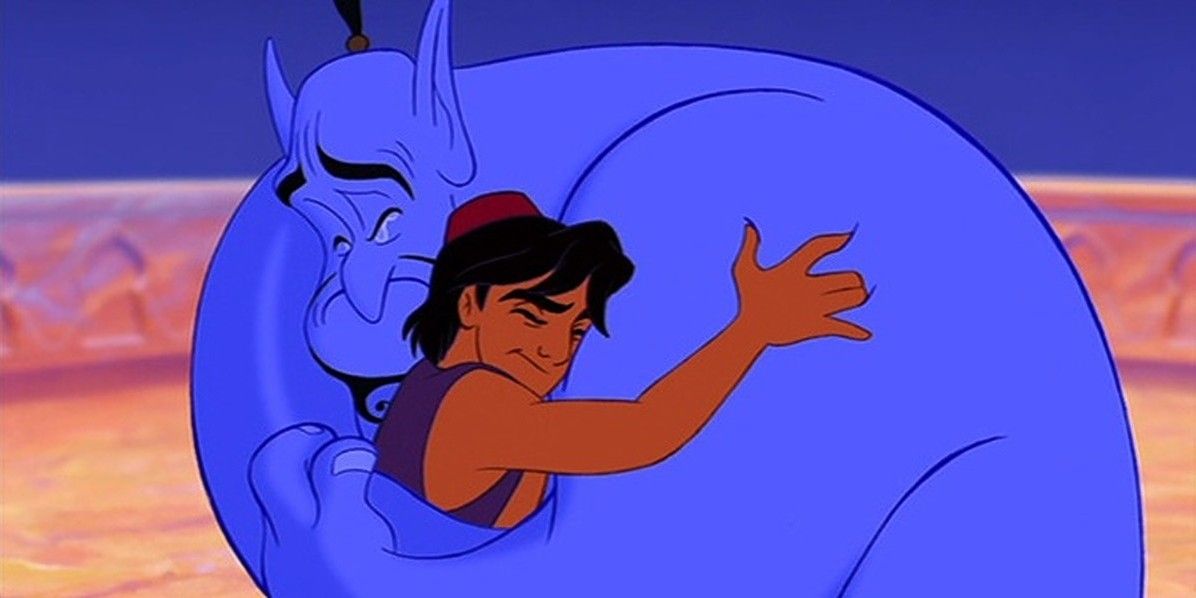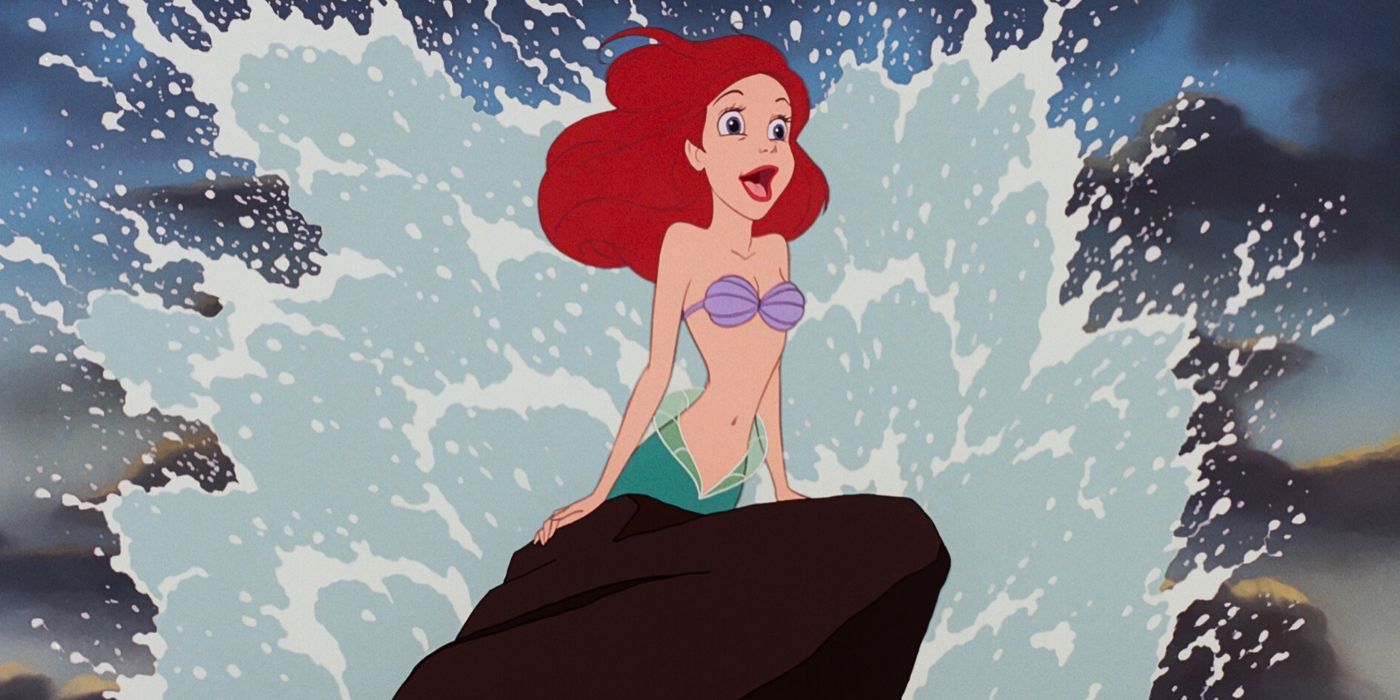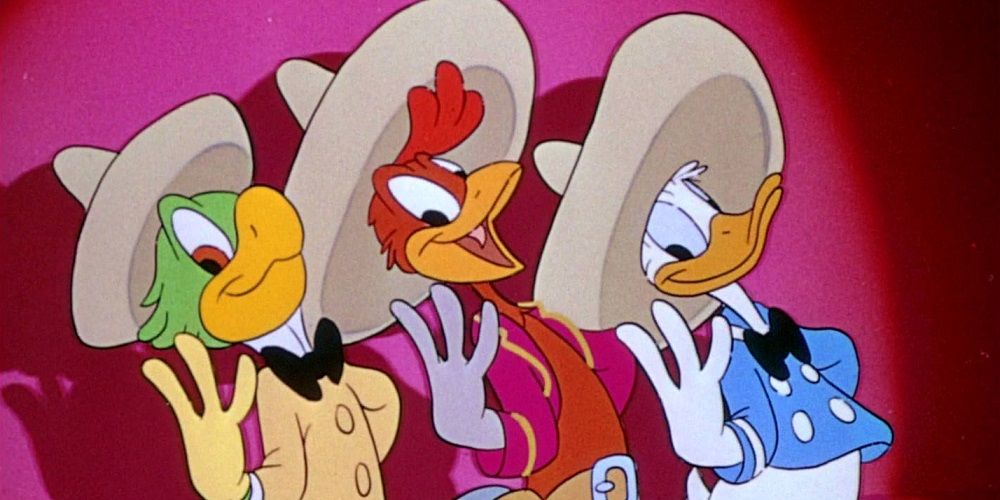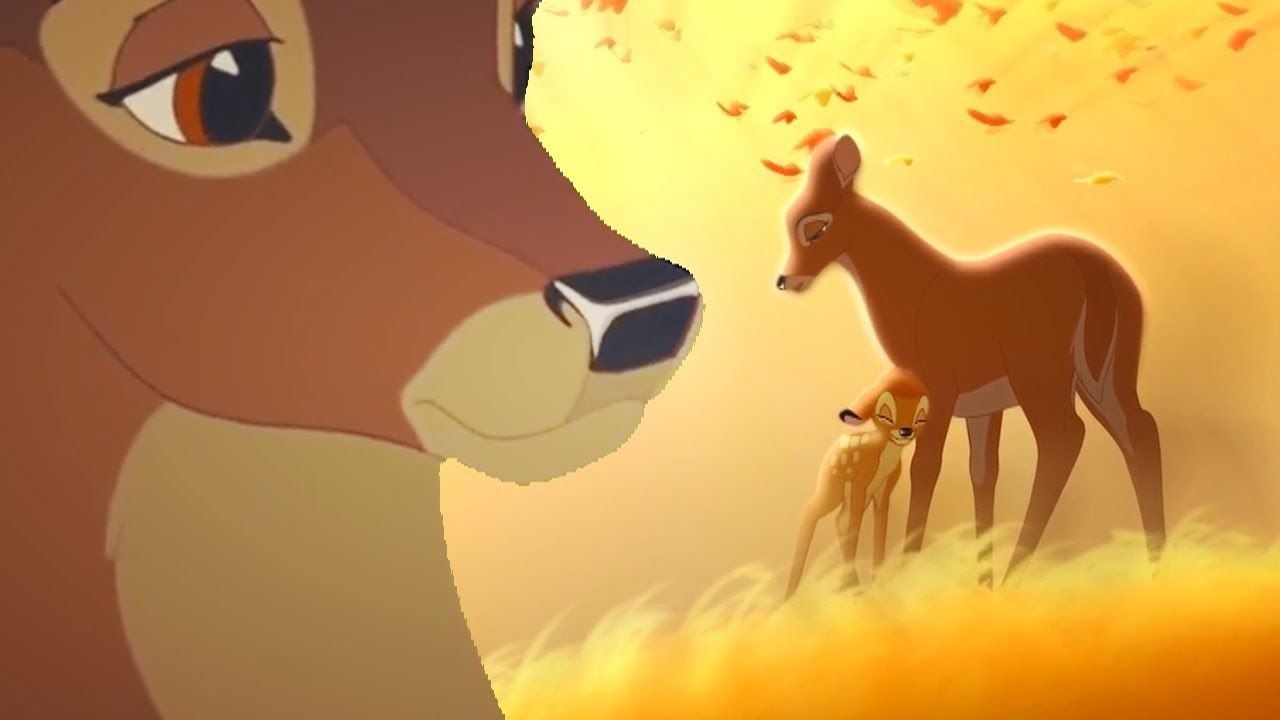Read update
- Walt Disney Animation Studios just released its latest movie, Strange World, and had a bad break upon its release. The movie received the lowest CinemaScore in Disney Animation history with a "B" rating. The movie also has a low 64 percent rating from the audience score on Rotten Tomatoes. It also had a bad opening weekend, only bringing in $12.1 million at the box office and coming in second to Black Panther: Wakanda Forever. It remains to be seen if fans will look back more kindly on it. For Disney, it was a mostly tame movie, and many of its past releases have faced some controversy, especially when looking back on them years after their release.
Disney has created some of the most memorable animated movies ever to hit the big screen. They've crafted beautiful stories and heartwarming tales with unforgettable, visually pleasing animation. The company is a brand that has undoubtedly left a mark on countless fans' childhoods and will continue to do so for decades to come. The company's first animated feature film was Snow White And The Seven Dwarfs, which was released in 1937, and their animation studio has been the stuff of legend since.
That's not to say Disney hasn't had its share of controversies — especially when it comes to its animated films, and they've come under fire multiple times for various reasons. Disney may have enriched countless children's childhoods, but it also troubled countless fans as well.
UPDATE: 2023/01/04 11:00 EST BY SHAWN S. LEALOS
Walt Disney Animation Studios just released its latest movie, Strange World, and had a bad break upon its release. The movie received the lowest CinemaScore in Disney Animation history with a "B" rating. The movie also has a low 64 percent rating from the audience score on Rotten Tomatoes. It also had a bad opening weekend, only bringing in $12.1 million at the box office and coming in second to Black Panther: Wakanda Forever. It remains to be seen if fans will look back more kindly on it. For Disney, it was a mostly tame movie, and many of its past releases have faced some controversy, especially when looking back on them years after their release.
Turning Red (2022)
The controversy surrounding the Disney Pixar movie Turning Red was mostly a case of people overreacting to the movie’s allegories. The 2022 film was about a little girl becoming a teen and experiencing new feelings as she experiences puberty. This plays out as her turning into a giant red panda.
The Atlantic pointed out that the controversy about sexuality was completely off base. However, that did not stop people from protesting the movie and refusing to allow their kids to watch it based on their preconceived notions. While the red panda represents puberty, it is not as sexualized as people claimed.
Pocahontas (1995)
After a controversial portrayal of Native Americans in Peter Pan (1953), many believed Disney's 1995 animated film, Pocahontas, could correct this. However, this possible attempt to make things right backfired, as many aspects of Pocahontas remain infamous today. As CBR reported, Pocahontas was Disney's first animated film based on history and the studio played loose with the actual facts.
It also appears the filmmakers declined to consult the Powhatan Renape Nation for accuracy purposes. As a result, the movie received numerous complaints about its inaccuracies concerning Pocahontas and the colonization of America at the time. Pocahontas was definitely a controversial Disney film, but, despite its flaws, it meant well and is still well-loved to this day.
Lady And The Tramp (1955)
Lady and the Tramp was released in 1955 and was based on Ward Greene's short story, "Happy Dan, The Cynical Dog." It was Disney's fifteenth animated film and the very first animated feature to be filmed in CinemaScope. Lady And The Tramp remains a classic in many fans' hearts, but there are some aspects of Lady and the Tramp that have not aged well.
There were several politically incorrect and insensitive elements, namely the infamous Siamese cat song for which Disney received backlash. The cats are offensive anti-Asian stereotypes, which cannot be overlooked. Also considering Pedro the Chihuahua and Boris the Borzoi, the movie is full of racial stereotypes. In 2019, Disney attempted to right some of these wrongs in their live-action reboot of Lady And The Tramp, which was released straight to Disney+.
Alice In Wonderland (1951)
Alice In Wonderland was Disney's thirteenth animated film, and it's one that has lived on in fans' hearts for generations. Perhaps the more controversial parts of this film are the ones that are most remembered though. From a questionable caterpillar to a creepy floating cat, to some just plain trippy sequences, Alice In Wonderland certainly got a reputation pretty quickly after its release.
As the BBC pointed out, Alice in Wonderland was a Disney animated movie geared towards kids, but was in many ways a drug allegory. From the caterpillar with the hookah to the magical mushrooms, there were a lot of allusions to drug use in this kids' movie.
Dumbo (1941)
Fantasia, one of Disney's most talked-about films to this day, was released in 1940, and, although today it is praised for its unique, visually stunning style, the film ended up costing Disney a loss back when in the day. That's when Dumbo came into the picture. When it was conceived, the film was meant to have a simplistic, easy-to-follow concept that would help make back the money that Fantasia lost the company, though it was not without its controversies.
The film contained a scene where Dumbo gets drunk and goes on a psychedelic trip, something that the 2019 remake addressed and scrapped. However, even more controversial was the singing crows, which KTLA reports paid tribute to "racist minstrel shows" with white performers in blackface. Their leader was also named Jim Crow, which can come off as an insensitive reference to the history of racism in America.
Peter Pan (1953)
Disney's adaptation of the play, Peter Pan, was their fourteenth animated film, and their final film to be released by RKO Radio Pictures before their own distribution company was founded. Peter Pan (also known as, The Boy Who Wouldn't Grow Up) is a story that has been controversial from the beginning due to its somewhat questionable subject matter.
Not only was Disney's adaptation criticized for being dark and disturbing, but the film also came under fire for its insensitive portrayal of Native Americans. The Smithsonian Magazine reported that the movie "doubled-down on racial stereotypes" concerning Native Americans on Neverland. This included the song, "What Made the Red Man Red."
Aladdin (1992)
Aladdin was the fourth film to be released in the Disney Renaissance era. The film was based on an Arabic folktale of the same name and received some backlash for cultural insensitivity.
The movie revolves around a young man looking for a way to become more in life and getting the help he needs from a Genie. However, BBC reported that writer and lecturer Dr. Jack Shaheen argued against the offensive lyrics toward Arabs in Aladdin, and actually got them changed in the original movie's soundtrack. He said Aladdin is a reminder that "the abhorrent Arab stereotype is as ubiquitous as Aladdin’s lamp."
The Little Mermaid (1989)
A remake of The Little Mermaid, using computer-generated animation and live-action elements, will be released in 2023, but that doesn't mean that the original animated film didn't leave its mark on young Disney fans—and that is mostly considered to be a good thing, as who wouldn't want to grow up with the old Disney classics? Yet, there is also a downside to the young mermaid, Ariel's legacy.
Many fans have argued that Ariel was simply too young to be married off to Prince Eric. There was also controversy about Ariel giving up who she is just to get the man. However, co-director Ron Clement disagreed with the portrayal of Ariel. Clements told THR, "to me she was like anybody dreaming about being part of a world very different from their own, no matter how impossible that seemed."
The Three Caballeros (1944)
Out of all of Disney's oldest animated films, their seventh one—The Three Caballeros—is easily considered to be one of the most forgettable. The film used a blend of live-action and animated sequences and was split into seven segments, making it a little hard for young viewers to follow.
However, the somewhat complicated plot of The Three Caballeros was not what made it controversial, rather it was Disney's questionable portrayal of Mexican culture. Disney+ even went as far as to answer the controversy by placing a warning before the movie played on the streaming service. In the warning, the text reads: "This program includes negative depictions and/or mistreatment of people or cultures. These stereotypes were wrong then and are wrong now."
Bambi (1942)
Bambi is controversial for well-known reasons. The most memorable (and traumatizing) scene in Bambi was when the young deer's mother was killed by a hunter and Disney infamously didn't shy away from showing this gruesome scene to their young viewers.
The backlash for this move was so notable that it made Disney reconsider putting these dark scenes into their films. Tor reported that the trauma from Bambi's mother's death even caused Walt Disney to scrap Trusty's death from Lady and the Tramp (1955).

